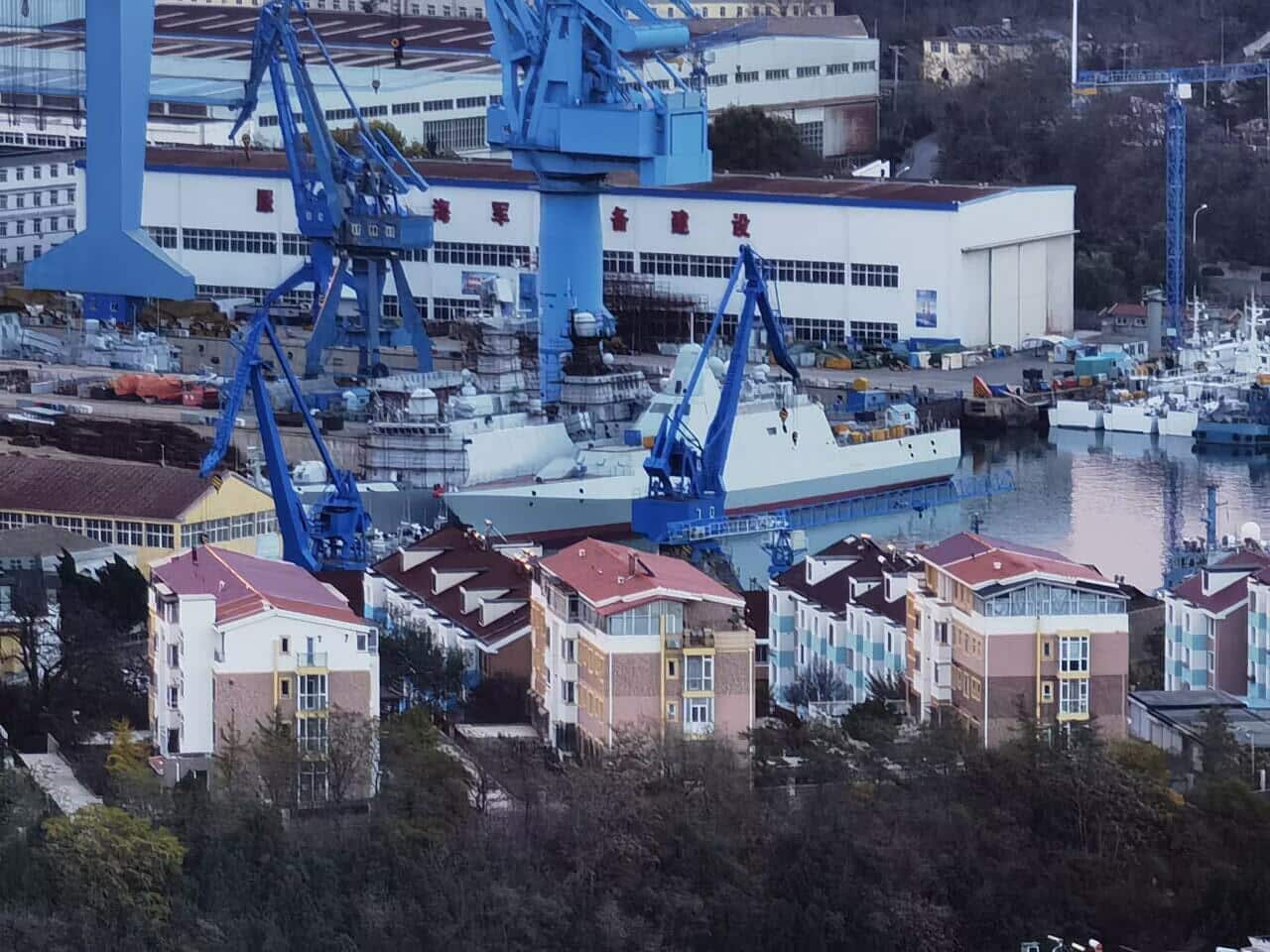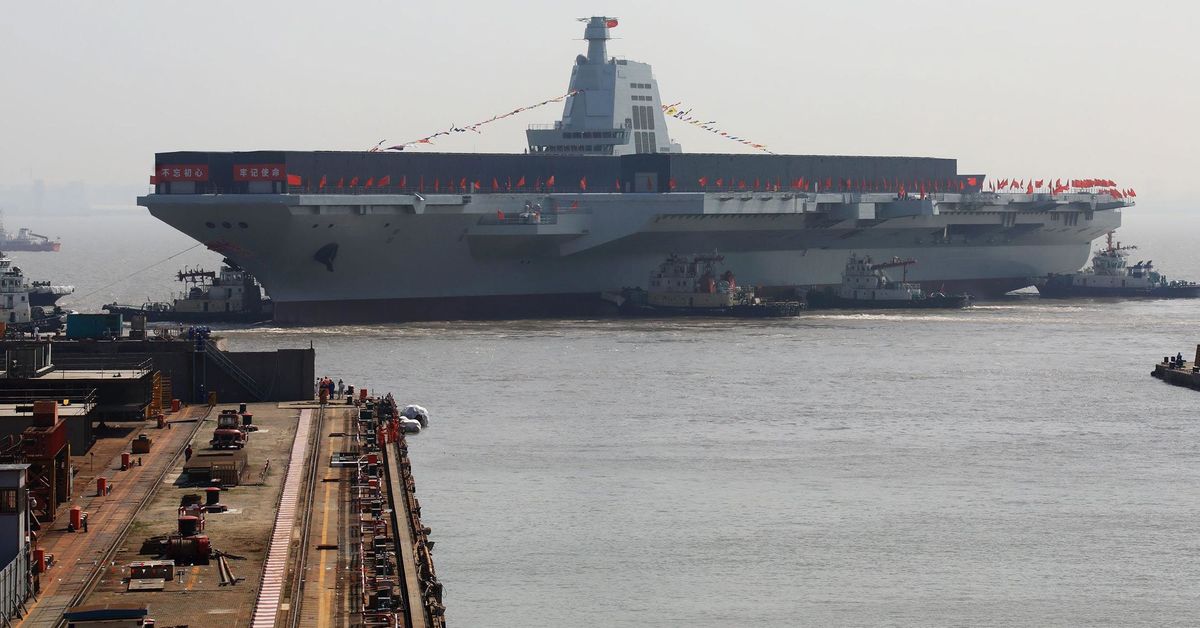The elevation of the Australia-Vietnam relationship to the highest diplomatic level opens opportunities for deeper defence cooperation, especially the expansion of defence industry.
On 7 March, after the conclusion of the ASEAN-Australia Special Summit in Melbourne, Vietnam’s Prime Minister Pham Minh Chinh made an official visit to Canberra where he and Prime Minister Anthony Albanese issued a joint statement on the elevation of the Australia-Vietnam relationship to a comprehensive strategic partnership (CSP).
The agreement on a CSP includes a section on defence cooperation that pledges to expand current education and training programs, practical exchanges and peacekeeping support. Cooperation in peacekeeping will be elevated to a peacekeeping partnership. Since the establishment of defence cooperation relations in 2010, a remarkable 3500 Vietnam People’s Army officers have graduated from Australian-funded training in Australia and Vietnam.
Under the new CSP, defence cooperation also will be expanded to include defence industry, maritime security, information and intelligence sharing, strengthening maritime cooperation, and enhancing cooperation in cyber-security and critical technology, including through cyber security capacity-building initiatives to address cyber security threats.
The commitment to expand defence industry collaboration with Vietnam is timely. In February 2021, the 13th National Congress of the Vietnam Communist Party adopted a resolution of far-reaching importance for the modernisation of the Vietnam People’s Army. This resolution set the objective to ‘build a streamlined and strong Army by 2025, and a revolutionary, regular, advanced and modern People’s Army by 2030‘. It was assumed that Vietnam would rely on Russia to supply big ticket military platforms and defence technology.
However, Russia’s invasion of Ukraine a year later put paid to Vietnam’s plans as it faced the possibility of severe Western sanctions. Vietnam’s arms procurements have dropped to an all-time low as it marks time. In addition, Ukraine’s resistance to Russian military forces gave pause in Vietnam about its assumptions about the future of modern warfare in an era of drones, unmanned maritime platforms, cruise missiles, electronic warfare and missile defence.
This new strategic situation has opened two major opportunities for Australia.
First, it can expand defence industry cooperation with Vietnam in niche technology areas to assist in capacity-building to counter the new challenges and threats now on display in the Ukraine.
Second, Australia can initiate discussions with the United States, Japan and South Korea bilaterally and multilaterally—perhaps a new informal quadrilateral dialogue—to coordinate defence cooperation with Vietnam.
These opportunities build on a gradual shift in Vietnam’s strategic circumstances and perceptions over the past two decades. To comprehend the opportunities, it is useful to review how Vietnam has altered strategic course.
In 2001, Vietnam began to structure its foreign relations by negotiating strategic partnerships with its closest Cold War allies, Russia, China and India, while also seeking to ‘diversify and multilateralise‘ its external relations. Over the next decade and a half, a three-tiered hierarchy emerged consisting of comprehensive partnerships, strategic partnerships and comprehensive strategic partnerships, the highest level. China, Russia and India were upgraded to the exclusive top tier.
Six years after raising relations with India to a CSP, Vietnam suddenly raised relations with the Republic of Korea to a CSP in December 2022 followed by the United States (September 2023) and Japan (November 2023), and now Australia. The US, which was only a comprehensive partner, gazumped plans by Vietnam and Australia to elevate their strategic partnership in 2023 by agreeing with Vietnam to skip the intermediate stage and go directly to the CSP level.
In just 15 months Vietnam has expanded its constellation of three CSPs to seven by including the US and three of its closest allies in the Indo-Pacific. The fast-paced expansion of strategic ties to the West points to the change in Hanoi’s worldview and underscores the potential for coordination on the full defence cooperation agenda. This flurry of CSP signing is all the more extraordinary when we consider that three of the four partners (the US, Australia, and ROK) had troops on the ground during the Vietnam War.
Agreements on CSPs expand and deepen the scope of cooperation mapped out in the two lower-tier partnership agreements. All of Vietnam’s new comprehensive strategic partnership agreements include a separate section on defence cooperation.
The Vietnam-Republic of Korea joint statement on their CSP contains a section detailing increases cooperation on politics, defence and security, and promoting strengthening defence cooperation through technology, defence industry, and education and training.
The joint leaders’ statement on elevating US-Vietnam relations to a CSP, contains a separate section on defence and security that welcomes ‘further cooperation in defense industry and defense trade in accordance with each side’s conditions through mutually agreed mechanisms‘. The leaders’ statement also commits the US ‘to assist Vietnam to develop its self-reliant defense capabilities in accordance with the needs of Vietnam and established mechanisms‘.
The joint statement on the Vietnam-Japan CSP, which was fashioned as a document for ‘peace and prosperity in Asia and the world‘, contains a 15-point section on cooperation in security and national defence. The two leaders agreed on ‘transferring defence equipment and technology to the Ministry of National Defense of Vietnam‘. They also agreed to assign relevant agencies to discuss the content of Japan’s new Official Security Assistance (OSA).
The task of implementing commitments under these agreements will be complex from both an administrative and diplomatic point of view. Vietnam will need to tread cautiously to take advantage of the new avenues of defence cooperation without offending old friends and incurring strategic risks.
But of the four new comprehensive strategic partners, Australia is well placed to encourage and facilitate coordination. Australia has earned considerable trust in Vietnam because of a long history of engagement and policy consistency.
Australia and Vietnam established official defence relations in early 1998 and exchanged defence attaches in 1999 and 2000, respectively. A major turning point in defence relations was reached in 2010 with the signing of a memorandum of understanding on defence cooperation. Since 2012, Australia and Vietnam have convened a joint foreign affairs and defence strategic dialogue at deputy secretary/deputy minister level. The two sides also hold annual defence cooperation talks, defence policy dialogue and a 1.5 track dialogue. The first formal meeting of defence ministers took place in Canberra in March 2013.
In March 2018, Australia and Vietnam issued a joint statement to establish a strategic partnership that covered cooperation in political matters; economics and development; defence, law, justice, intelligence and security; education, science and technology; labour, social affairs and culture, and people-to-people links; and regional and international affairs.
The section on defence cooperation committed the two parties to an annual meeting of defence ministers to facilitate high-level dialogue.
After raising bilateral relations to a strategic partnership, Australia and Vietnam adopted a ‘joint vision on further defence cooperation’. Funding for Australia’s defence cooperation program stands at $4.15 million in 2023-2024. The program supports a big agenda of strategic dialogue and information exchange; continued assistance with Vietnam’s peacekeeping deployment to the UN Mission in South Sudan; education and training, including English language instruction; maritime security, including annual naval port visits; and Army and Air Force engagement.
At the recent ASEAN-Australia summit, Albanese announced several new initiatives to implement the government’s
Southeast Asia Economic Strategy to 2040—a $2 billion Southeast Asia investment financing facility, appointing 10 ‘business champions’ to facilitate greater commercial links and a ’landing pad’ in Ho Chi Minh City to bolster Australian technology exports.
The Albanese Government will now have to consider topping up funding for its defence cooperation program so it has the requisite expertise to expand defence industry cooperation with Vietnam. This means assigning more personnel with appropriate expertise to the defence attaches’ office at the Australian Embassy in Hanoi. The business champion for Vietnam will need to be supported by a specialist on government policy on defence exports. The landing pad in Ho Chi Minh City should have a specialist office in Hanoi dedicated to defence industry commercial sales.
Numerous observers have pointed to the cost effectiveness of diplomacy. Australia now needs to take advantage of a valuable diplomatic opening and ensure that it is fully resourced.
https://www.aspistrategist.org.au/a...e strategic partnership the defence dimension










